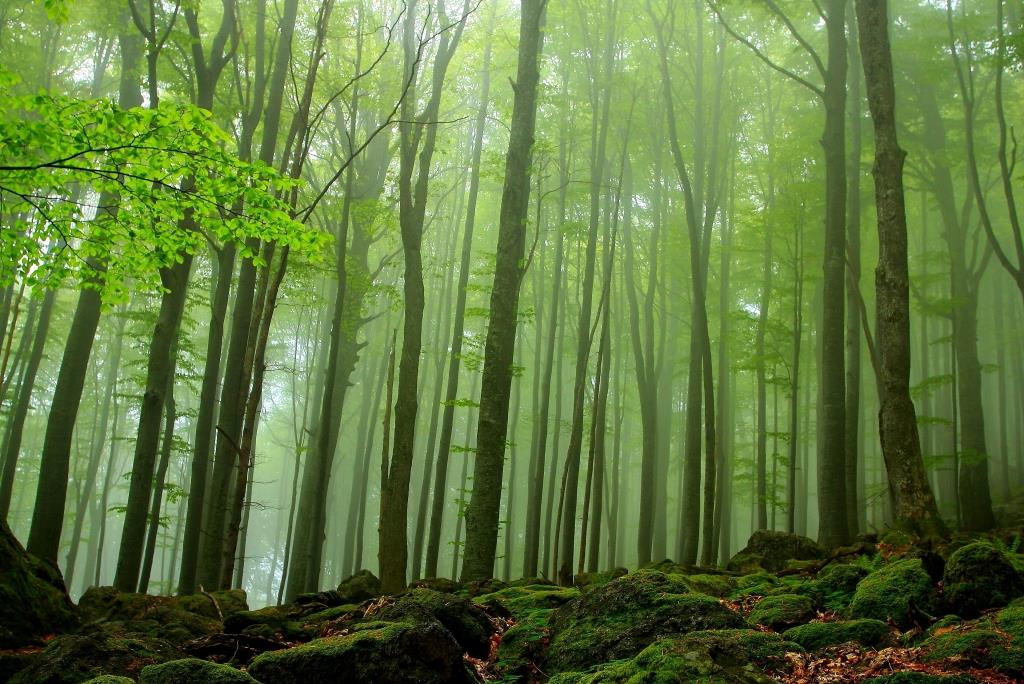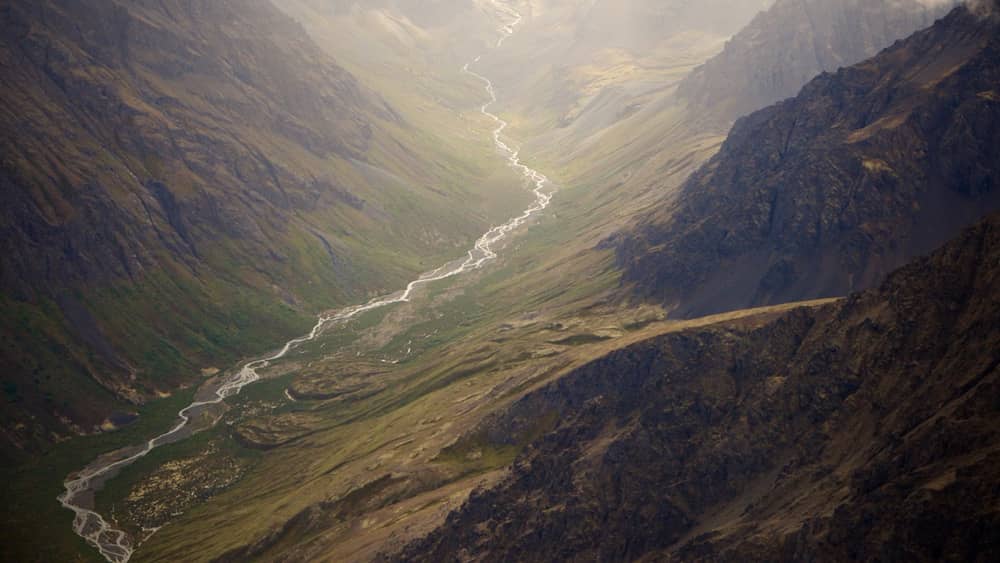Primeval Beech Forests – This international asset comprises 94 constituent parts in 18 countries. Since the end of the last ice age, the European beech spread over a short period of a few thousand years from a few isolated refuge areas in the Alps, the Carpathians, the Dinarides, the Mediterranean and the Pyrenees, which continues to this day. Successful expansion across the continent is related to the adaptability of the tree and its tolerance to different climatic, geographic and physical conditions.
Location and value
The Ancient and Primeval Beech Forest of the Carpathians and other regions of Europe is a serial trans-border site consisting of 77 (mostly small) reserves in 12 countries – Albania, Austria, Belgium, Bulgaria, Croatia, Germany, Italy, Romania, Slovakia, Slovenia, Spain and Ukraine. Various constituent reserves describe the ecological processes involved in the spread of European beech across the continent over the past few thousand years, from many different mountain refuge areas where the tree survived during the last ice age. The World Heritage Site has been progressively expanded from its original (2007) configuration, with 10 reserves (an average of 29 km in area) selected as examples of the ‘primal’ beech forests that lie between Slovakia and Ukraine. In the Carpathian mountains have survived from ancient times.
The site’s expansion with the addition of new areas in 2011 and 2017 has meant that it is now heavily fragmented (its 77 constituent areas have an average reserve of only 12 km, including 11 fragments of less than 1 km2). and now includes some very small elements that have recently been subject to human disturbance (which the IUCN considers do not meet World Heritage standards)
Conservation Status And Prospects
According to the IUCN’s Conservation Outlook Assessment (2017), the conservation status of ancient and primitive beech forests in the Carpathians and other regions of Europe is of ‘significant concern’. The IUCN report states that the small size and isolation of some components exposes them to all kinds of external threats, and does not provide ecological conditions for natural evolutionary processes to operate. The report also noted that some parts of the site are under pressure from development activities, such as forest resource exploitation in Poloni National Park (Slovakia). Developing effective management is also proving challenging in many sites and jurisdictions, and management effectiveness is not always as high as World Heritage status requires.
The last primeval beech forests
Beech forests are the natural forests of Europe. They cross national borders and connect Europe – if people allow them. However, natural beech forests were pushed back significantly by human settlement and economic use. The last large areas of these primitive forests are in the Carpathian Mountains. There are only a few remnants in the Alps. The centuries-old beech forest is now extremely rare and endangered in Europe.
The uniqueness as well as the ability to protect beech forests has been recognized by UNESCO with the award as a World Natural Heritage Site. A total of 98.000 hectares of old beech forests and ancient beech forests in Europe are now included in the list of World Heritage Sites such as Yellowstone Nationalpark or the South Tyrolean Dolomites. The registration of a total of 51 beech forest protected areas within the 18 European Union represents a major breakthrough for the conservation and protection of beech forests.
Read More About World Heritage Sites
- Temple of Preah Vihear, Cambodia
- Angkor Wat, Cambodia
- Antigua Naval Dockyard
- Mbanza Kongo, Angola
- Madriu Perafita Claror Valley
Frequently Asked Questions About Primeval Beech Forests
Q. Where are the Carpathian Forests?
A – The Carpathian montane coniferous forest, also known as the Carpathian montane forests, is a temperate coniferous forest region in the Carpathian Mountains of the Czech Republic, Poland, Slovakia, Ukraine and Romania.
Q. What does Carpathian mean?
A – Definition of Carpathians. a mountain range in central Europe that extends southeastward from Slovakia and southern Poland, from western Ukraine to northeastern Romania; A popular resort area. Synonyms: Carpathian Mountains.
Q. What is the Carpathian Forest?
A – Primitive beech forests of the Carpathians cover the regions of Zakarpattia and Presov region. More than 70% of the site is located in Ukraine. The region includes two national parks and some habitat controlled areas, mostly in Slovakia.
Q. Where are beech forests found?
A – Hard beech (Fuscospora truncata) and black beech (Fuscospora solandri) are found in the lowlands of the North Island and northern South Island. Red beech (Fuscospora fusca) prefers foothills and inland river valley floors, especially where the soil is fertile and well-drained.
Q. What are beech trees good for?
A – The European species Fagus sylvatica produces a utility wood that is hard but dimensionally unstable. It is widely used in furniture framing and carcase construction, for flooring and engineering purposes, in plywood and in household items such as plates, but rarely as a decorative wood.











